Pigmentation – What is it, and What to do about it?
One of those things that we often notice starting to show up as we get older is skin pigmentation – or just a little bit of uneven skin tone. This can manifest itself in light or darker brown patches on your face – and they can also show up on your décolletage, shoulders and even your hands, where they are often just known as "dark spots" or "age spots".
What are these areas of pigmentation, why do we get them, and how can they be treated?
Pigmentation is a really common skin condition – most people will have an element of it as they age. It’s caused by our old friend, the sun – exposure to the sun and more specifically the UVA rays it produces causes skin damage that penetrates deep into your skin.
The damaging UVA light ages your skin by stimulating the pigment cells to make melanin. Melanin is the substance that causes a sun tan when you’ve been out in the sunshine without protection, and it can lead to unwanted dark patches which don’t appear straight away; they can take many years to show up, as much as two decades. So, the irresponsible sun worshipping you did in your teens and twenties that you thought you’d got away with – it might come home to roost as you hit your thirties!
There are other factors that can trigger pigmentation in women – the hormonal changes we go through in pregnancy, and using the contraceptive pill, are all known to be factors in increased skin pigmentation, especially if they are coupled with sun exposure.
It used to be that the only effective way to completely eradicate patches of pigmentation involved using lasers, and while these are still an option, for many people they can be too expensive as well as rather painful for some. They are also only effective on lighter skinned people.
There are some high strength skin bleaching creams containing steroids available on prescription but these can irritate your skin and even be toxic. Hydroquinone based products can be effective, but always make sure that you get them from a reputable salon, skin clinic or qualified esthetician because if the proportion of active ingredients is too high it can cause further damage to your skin. Never buy them online.
In salon pigmentation treatments
Silk Peel Dermalinfusion is a skin resurfacing treatment that simultaneously exfoliates and suctions away dead skin cells, while it applies serums to treat specific skin conditions, such as dark spots, sun damage, wrinkles, dry skin and acnes.
A chemical peel involves a strong solution containing AHA or BHA, being applied to the skin, which also makes the top layers shed. It’s another option for mild pigmentation. You’ll need to be religious about applying sunblock afterwards otherwise it could just come straight back.
Once you’ve treated your pigmentation, stop it from coming back by always using UVA and UVB sun products and avoiding spending too long in the sun. Ask in-salon for a brightening skincare product for pigmentation too, and keep your skin bright and pigmentation free.
Not sure what skincare is the best for you or which treatment is the best for you? I can guide you and make some useful recommendations for you. Call 604-306/7531 and book a complimentary 15-min skin consultation with me now!
Let's glow,
Marvice xo

